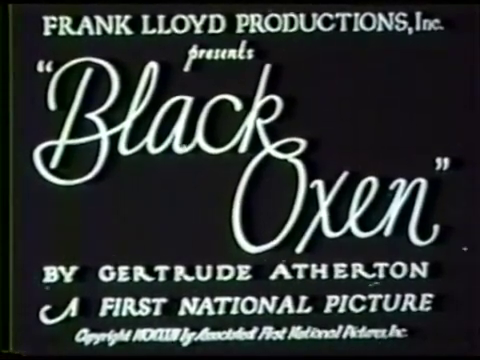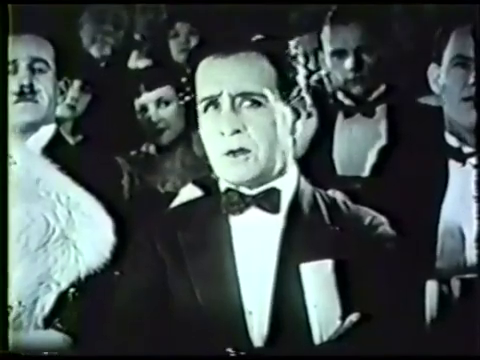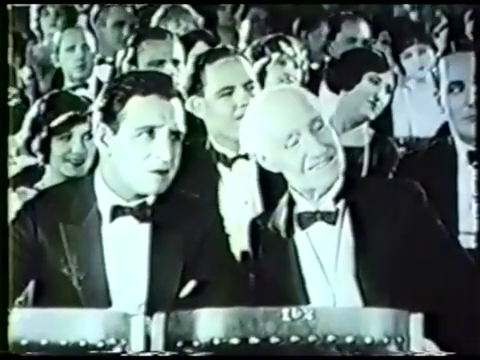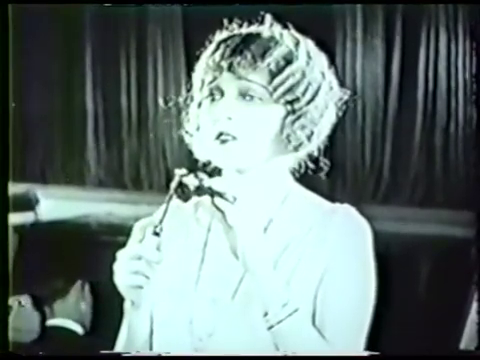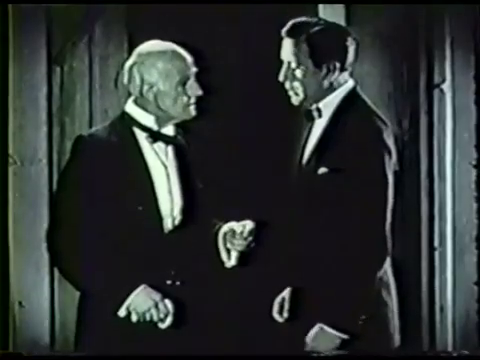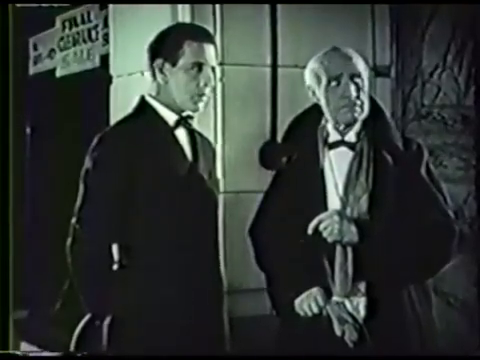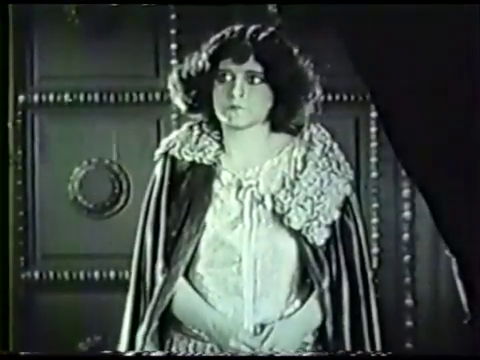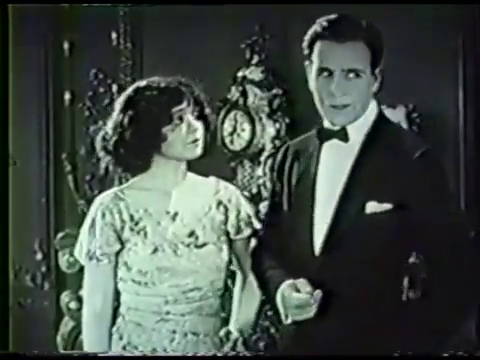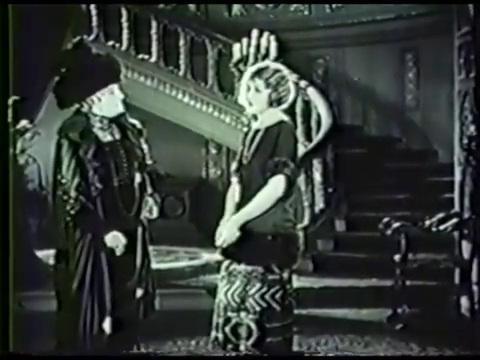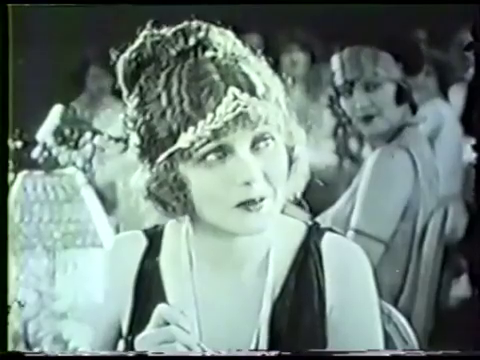-
#453 – Black Oxen (1923)
Black Oxen (1923)
Film review #453
Director: Frank Lloyd
SYNOPSIS: In New York high society, the appearance of a young woman named Mary Ogden who is the spitting image of a woman who has not been seen for thirty years after she left to marry in Austria. Her appearance causes a stir with the older members of high society, as they wonder how this woman can look exactly the same as a woman from thirty years ago. Lee Clavering, a member of the society, starts to take notice of her, which draws the scorn of Janet Oglethorpe, who desires Lee for herself. However, Mary has a dark secret that may drive Lee away forever…
THOUGHTS/ANALYSIS: Black Oxen is a 1923 silent film based on the book of the same name by Gertrude Atherton. The film is set in New York’s high society, where the most prominent members of society mingle in the theatres and the like. One night they notice a new lady, Madame Zittany, who is the exact image of Mary Ogden, who left to marry a count in Austria some thirty years ago. Her appearance causes quite a stir, with some believing her to be an illegitimate child of Mary’s. Lee Clavering, a member of this high society, starts to spend time with her and falls in love with her. The film is very much a romance film, but the mystery of Countess Zittlany provides an interesting twist to a typical story. It is very rare to see romance films blend with a more bizarre mystery, so it definitely stands out. The plot moves along at an even pace, probably helped by being based on a book. The themes of romance and high society contrasting with the more wild and free youth provides a good support to the mystery of the Countess, who is seen differently between the different generations.
The characters are well-defined and are recognisable by playing specific roles. Lee as the lead is described as being a “secret romantic” inside his disinterested exterior, leading to the women trying to get him to open up. He’s not particularly animated or interesting, but serves as a blank slate for male viewers to project themselves into I suppose. The women are by far the most interesting characters: The mysterious Countess has her mystery, but not much of a personality trait that is recognisable. Jane Oglethorpe is the elderly matriarch of the society, and represent some very traditional values, while Janet Oglethorpe, her granddaughter, represents the youth culture of partying and independence. The young people are referred to as “Flappers,” which isn’t a word you would hear nowadays, but probably still represents a similar divide between generations, which is pretty interesting to see in a film that is nearly a hundred years old. I think Janet particularly steals the show, as her chaotic actions really disrupt the norms of high society and add an element of unpredictability to a society that is mired in tradition and expectations. One particular moment when she refers to her grandmother and her associates as “tombstones” was genuinely funny, as you don’t really expect such an upfront performance in this era.
The science-fiction element of this film is part of the mystery of the Countess, who it turns out is actually Mary Ogden herself, rejuvenated through x-ray experiments and glandular surgery. It isn’t explained anymore than through images of a letter written to Lee confessing all of this to him, but this is a romance film rather than a sci-fi one. As mentioned, the film is based off a book of the same name that was both controversial and very popular. Maybe the idea of a woman altering her looks to look younger than she is was seen as deceptive, or maybe the “flappers” and their disregard for societal norms was frowned upon. Either way it does seem to be something that would have upset certain members of society. Mary’s reasons for undergoing this de-aging treatment aren’t personal, but rather to pretend to be her own daughter (when she in fact had none) to ensure the stability of Austria, as she married a Count there when she disappeared from New York thirty years ago. In pretending to be the descendent of herself and the Count would provide a sense of stability for the country. It’s a long-winded reason, but I think it’s meant to emphasise that she did not do this to simply look younger and re-live her youth, or steal eligible men, which is what her contemporaries seem to think.
The ending of the film is not available, but apparently it ends with Lee eventually marrying Janet instead of Mary, which the film doesn’t really set up from what I have seen. I don’t think the story is meant to “punish” Mary for her deception, but rather validate Janet’s free-spirited approach to life. Maybe that’s why the film is controversial in that it “rewards” Janet’s attacks on tradition with the hero (as far as marriage is the reward anyway). It’s obviously an old-fashioned film with it’s ideals firmly rooted in it’s time, but it’s also not scared to attack those traditions which is quite relatable today, and it shows that the gap between generations is pretty universal. Overall, Black Oxen is a decent silent film, with good acting, set designs, and a tight story that is clear despite it being silent. The performances are particularly strong and convey the specific personalities of all the characters very well. The sci-fi aspect raises some moral and ethical dilemmas, and it’s consequences are explored with enough detail to set the film apart from it’s contemporaries and make it quite memorable.
